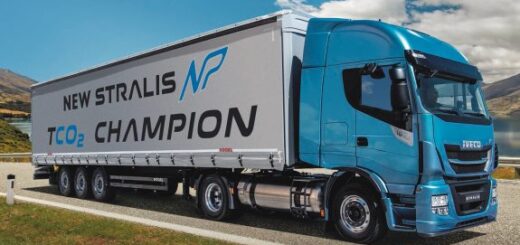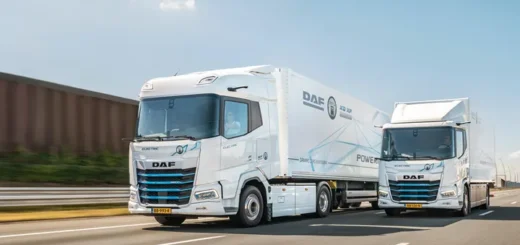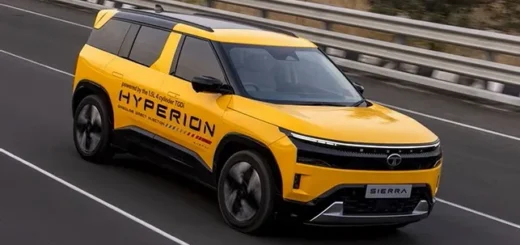Tata Marcopolo LNG Bus (LPO1613) – Tech Specs, Details
LNG is 2.5 times more dense (per litre capacity) than diesel, therefore extended driving range.
Late last year, Tata Motors unveiled the country’s first LNG (Liquefied Natural Gas) powered urban bus at Thiruvananthapuram, Kerala, where the buses are under trial-run currently. It was later showcased for media at the company’s Pune plant quite recently, along with a host of other mass-mobility products based on alternative fuels and energy source. Presented as an eco-friendly model, the LNG-powered bus bats for reduced Co2 and PM emissions and is BS 4-compliant.
Also Read: Tata Starbus Fuel Cell (Next-Gen): India’s First Hydrogen Bus
The LNG bus is built on the company’s front-engined LPO1613 platform widely used in its city-bus portfolio. The LPO chassis is being built at Tata’s Lucknow assembly, while the body is sourced from Marcopolo‘s Dharwad plant. Powered by a 5.7-litre engine, the bus produces an output of 130 hp max power at 2,500 rpm and 405 Nm of torque at 1,250-1500 rpm. The fuel is stored in 6-7 insulated cylinders, each weighing around 150 kgs only. Moreover, LNG’s density is two times higher than CNG and 2.5 times more than diesel. Therefore, comparing to similar CNG-powered buses, this bus is lighter and boasts an extended driving range of around 600-700 kms.
Key changes engineered to the engine during the CNG to LNG migration includes an added evaporator and valve timing tweaks. LNG is stored in the cylinders as cryogenic liquid (in liquid state), therefore an evaporator is needed to turn the liquid fuel into gaseous state (basically CNG with low pressure). Rest of the mechanicals are largely the same, with identical cabin layout and seating capacity as the diesel/ CNG-powered LPO1613 buses.
Although LNG as an automotive fuel is yet to kick-start in India, lack of CNG infrastructure in southern states helps to cause. Tata Motors has revealed that Kerala is keen on ordering about 1,000 LNG buses in the near future, also pointing out extensive on-road trials will begin from April this year. With a wide portfolio of CNG engines, the company is likely to expand its LNG application for heavy vehicles in the years to come. In fact, Tata did present an LNG-powered Prima truck at the auto expo back in 2014 itself.
Also Read: Tata Super ACE, Magic, Magic IRIS Electric Vehicles – Tech Specs, Details
LNG’s lower cost and cleaner credentials with lower NOx and PM emissions than regular diesel makes it a viable alternative fuel for heavy-duty vehicle applications. Improved driving range is an added advantage. Yet, fuel-supply infrastructure is a key factor for the LNG to gain momentum in India.
Next, would you like to read more on Tata Commercial Vehicles?











